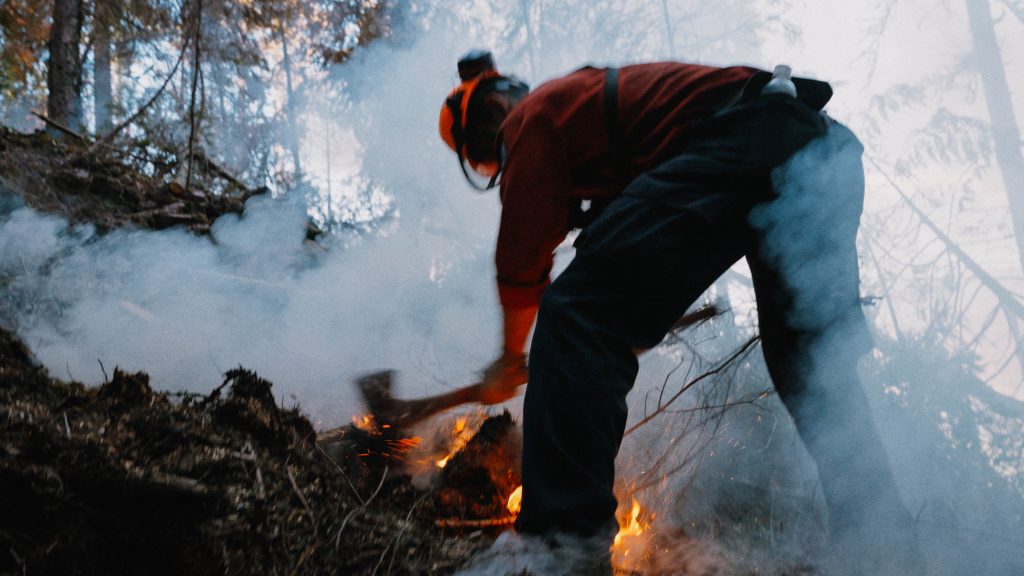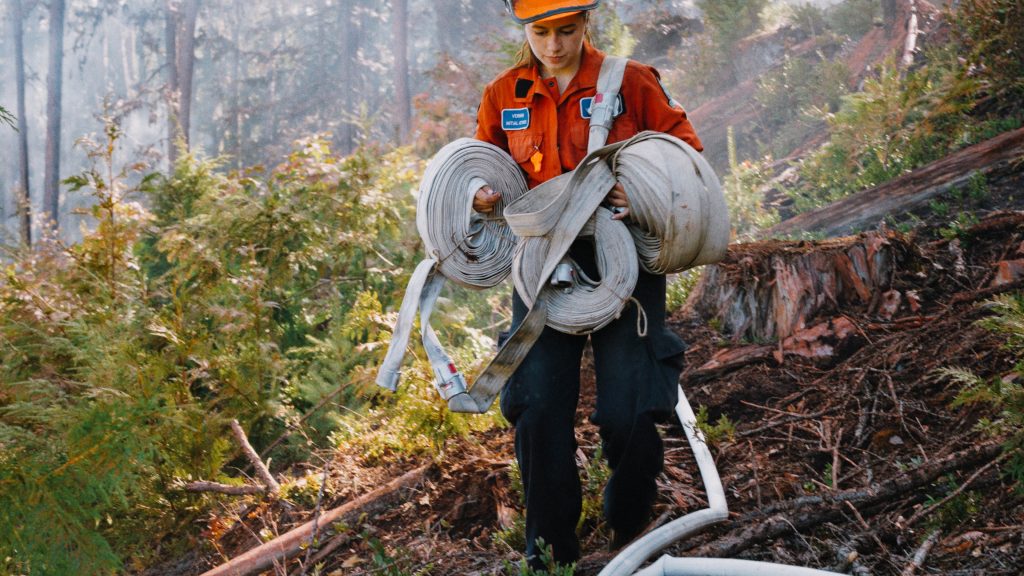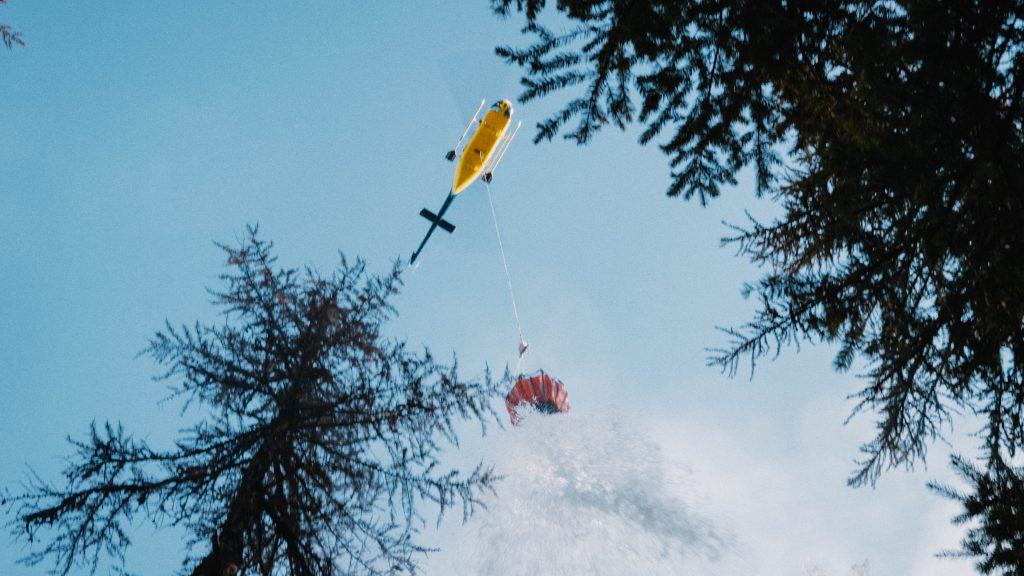After 29 consecutive days of lightning activity in B.C., paired with a sustained period of hot, dry conditions, there are now more than 400 active wildfires burning across the province. While seasonal temperatures are returning this week, it’s likely that lightning-caused fires will continue to ignite and pose challenges in the days ahead.

In addition, prolonged underlying drought conditions persist in B.C. Although it may feel like we have seen a downturn in fire weather, there has not been enough precipitation to alleviate dry conditions in mid-sized fuels and the mid organic layer of our soils.
Lightning, accompanied by precipitation, may cause ignition but not immediately grow into a wildfire. The heat from an initial lightning strike can simmer underground and as fuels dry and temperatures increase, it can ignite above ground sparking what is called a holdover fire. Over the coming days and weeks, we may continue to see holdover fires ignite as a result of this recent thunderstorm activity paired with hot and dry conditions.
With the intensity and frequency of lightning activity this summer driving new wildfire starts, fast Initial Attack (IA) response has been crucial to keeping people and communities safe.
Some Numbers from the Field

From August 9 to August 11 the Kamloops Fire Centre recorded 1,037 lightning strikes resulting in 30 new wildfire ignitions. Of the 30 new starts, two are Being Held, five are Under Control and 18 have been called Out.
The Cariboo Fire Centre has recorded 716 lightning strikes during this time, resulting in 16 new starts, 11 of which were called Out within 72 hours of ignition.
Since April 1 of this year, the Prince George Fire Centre Initial Attack crews have held 303 wildfires to under four hectares and have called 241 of those wildfires Out.
So what is Initial Attack?
Initial Attack crews respond to thousands of new wildfire starts every year, and due to their quick and effective response, approximately 94 per cent of all new wildfires in B.C. are suppressed. They are
We have 162 Initial Attack crews comprised of four to five personnel, who are strategically located throughout the province. These crews are highly mobile, self-sufficient and are usually the first on the scene of a new wildfire. Once at the fire, the crews set up water pumps, remove fuel from the fire’s path using chainsaws, pulaskis or shovels and dig fire guards to contain or extinguish the blaze.
IA crews work in tandem with both rotary and fixed wing aircraft, which drop water and retardant to cool the wildfire, extending the window of opportunity in which an IA crews can successfully contain a given fire.

Aviation resources also support by providing longer-term access to water if no natural sources are available nearby. This allows IA crews to directly action the wildfire using water and develop a plan for sustained action if required. IA crews can remain on a fire for up to 24 hours without re-supply if required.
During busy fire years like the one we’re currently experiencing, Initial Attack is a provincewide coordinated program. Using information provided by advanced planners, IA resources can be allocated to the areas of the province with the greatest need, and work closely with aviation resources to respond to small fires before they become larger and more difficult to suppress.
Check out the video to watch a Kamloops IA crew in action, taking a fire from initial report through to Being Held:
Learn more about the different types of BC Wildfire Service crews here.
